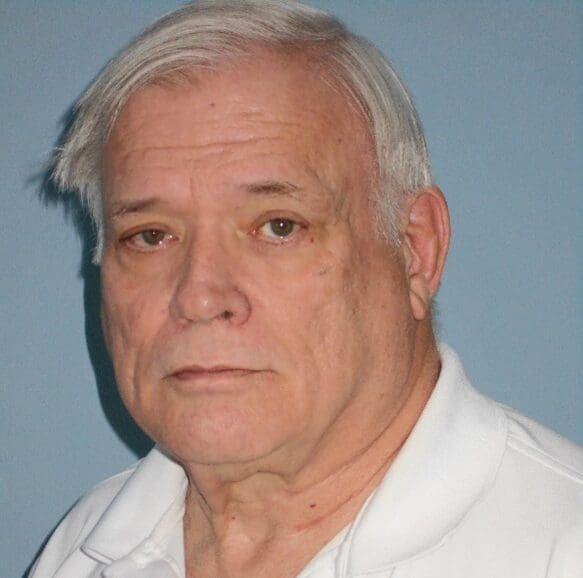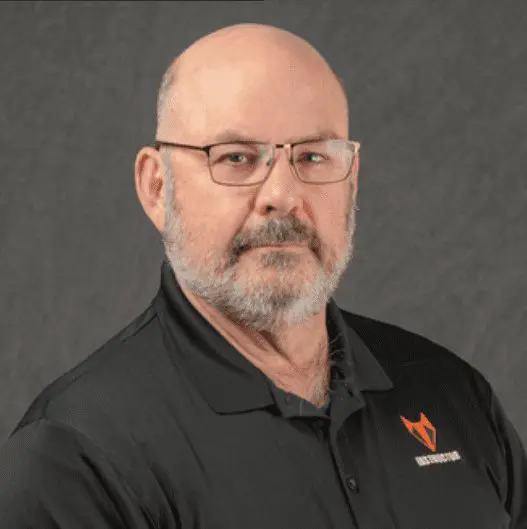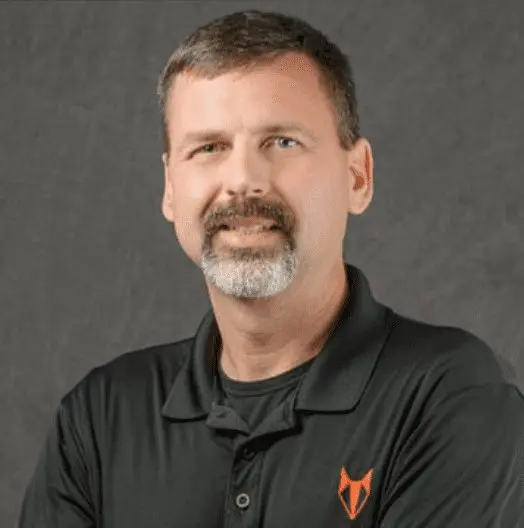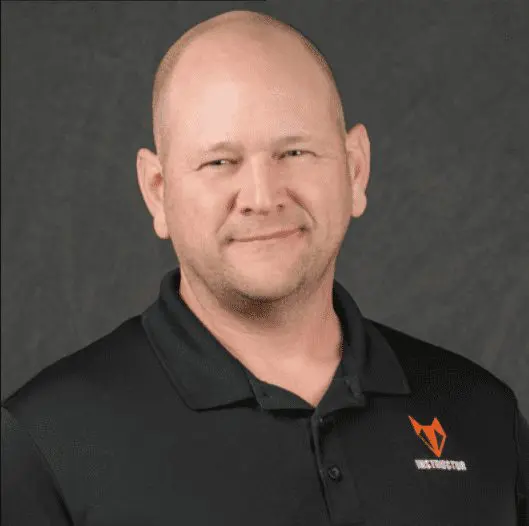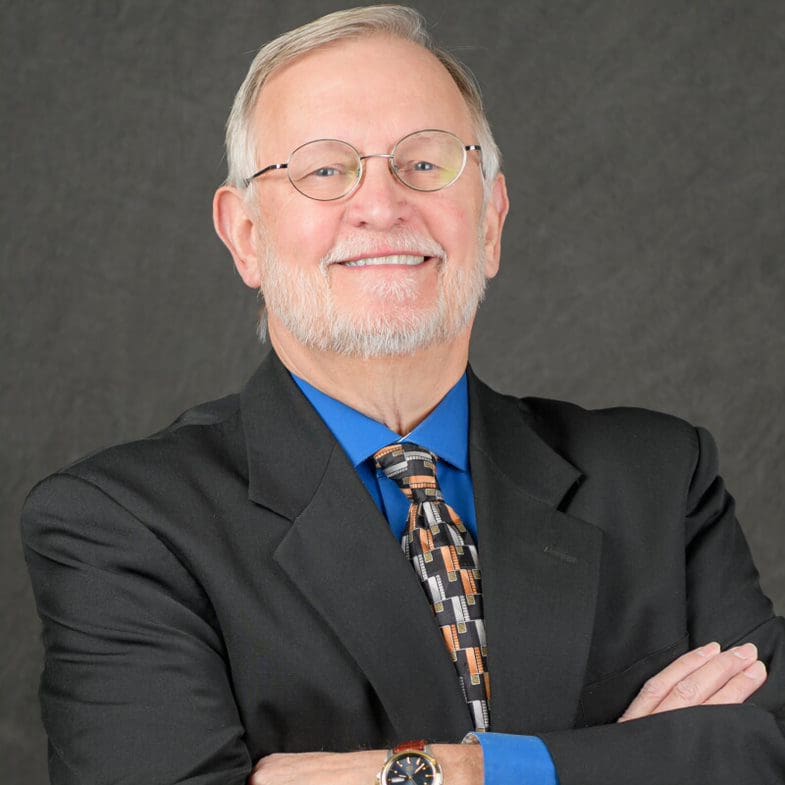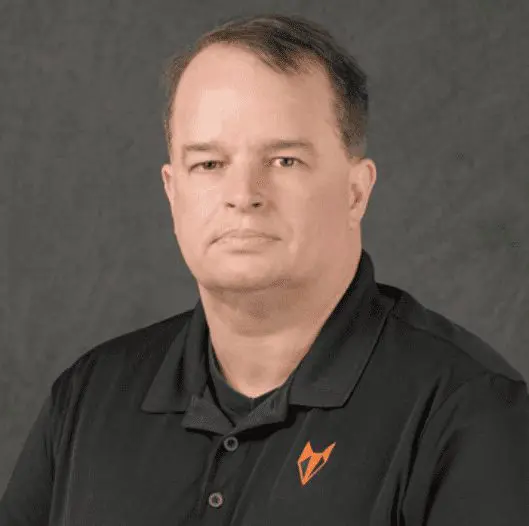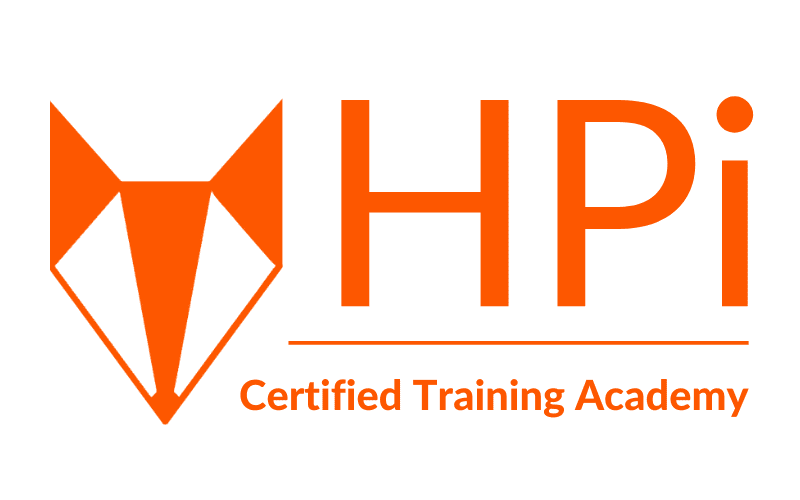SAFETY THROUGH COMPETENCE
When it comes to firearms training the use of dry fire training is safe and practical for multiple reasons. I realize
“safety” isn’t a sexy sell here, but this will always be paramount for gun
owners, and familiarity with its operation, as well as comfort with its
handling, are key elements to safe usage. Even longtime gun enthusiasts need to
spend time with new purchases if only to adjust to basics such as unique
placement of the gun’s safety, magazine release, and charging handle.
Especially if you’re a new shooter, getting familiar with your weapon without
live rounds being involved lowers the danger and therefore potential stress.
Speaking of
reduced stress and increased safety, dry fire training allows you to push your
own limits as you work on fundamentals with ever increasing speed. From
maneuvers as basic as rapid firing at a single target, to drawing from a
holster to hit multiple targets, you can incorporate more movement, activity, and
acceleration without putting yourself and those around you in danger because of a negligent or accidental discharge.
FINANCIAL & TIME SAVINGS
This one’s straightforward, especially if you’re pinching pennies by reloading your own ammunition, you’re likely aware of what each round cost money, now multiply that by each trigger press during your dry fire firearms training session. That’s a given, but let’s don’t forget to also factor in the wear and tear on your gun, the drive to the shooting range, range fees, the targets you're chewing up, and, depending on your schedule, the time involved (time is money). Hey, heading to the range is a mini vacation for many of us, but if you’re depending on it as your only source of firearms training practice, then on the day’s life gets in the way, your trigger time gets bumped to another day. Since dry fire training can be worked in during commercial breaks, just after putting the kids to bed, or even between folding the laundry, there’s no excuse for letting your trigger finger rust.
SHOOTING RANGE... OF LIMITATIONS
This will
not affect everyone equally, but most shooting ranges are simply a collection
of lanes that you get to shoot down, slowly (rapid fire is often not
permitted), without the option of using different firing positions (unless you
count sitting and standing), movement (including holster draws), ability to
shoot more than a single target, and a variety of other dynamic options you may
want to incorporate into your routine. These rules, of course, are in place for
safety purposes, but if you desire more than sighting in your gun, then you
need more than a lane, to keep your skills sharp.
Though in first point, we discussed safety, we’re closing the circle here regarding pushing
your boundaries and increasing your capabilities. From improved accuracy to
reload speeds, holster draws to malfunction clearing, safe, fast movement
combined with shooting from various forms of cover, you can enhance current
skills and cultivate new techniques all through using dry fire training as part of your firearms training regime.
IF you have
any questions or input, please email us at:
